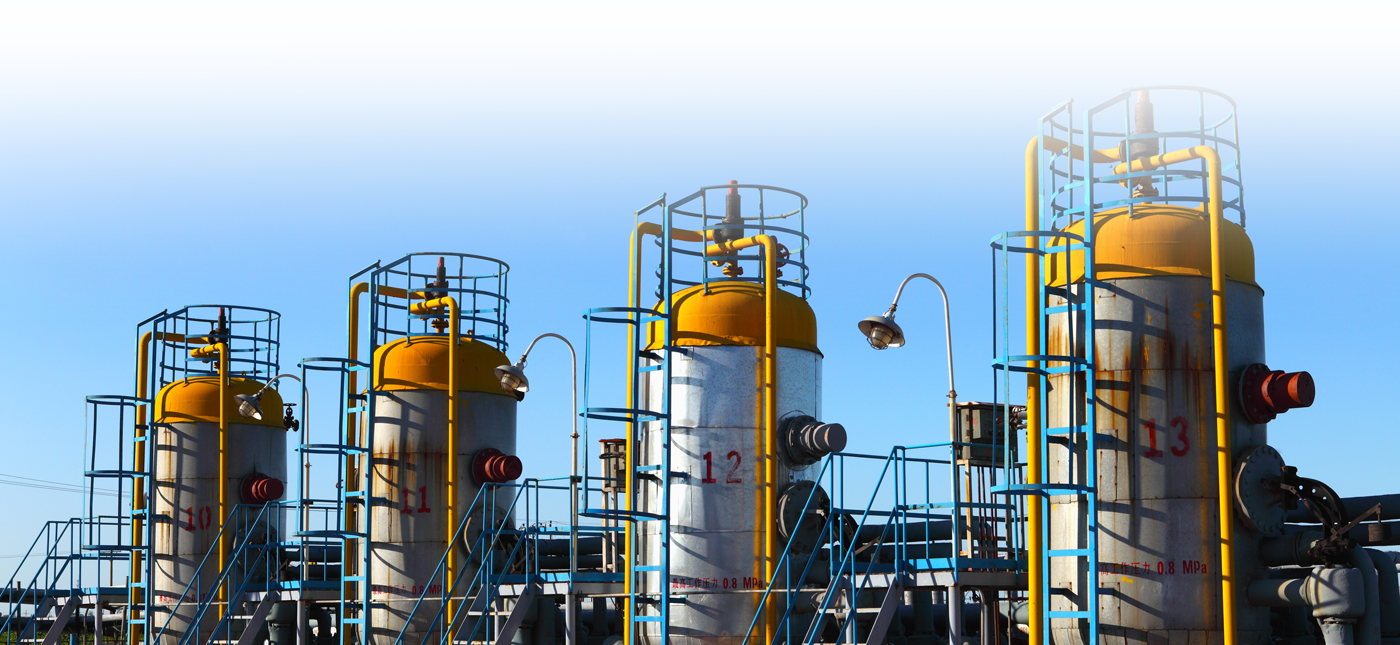Pulsation Accoustics
Pulsation Effects on Orifice Meters
Paper No. 87
Pulsation Effects on Orifice Meters
American Gas Association. Presented at the Operations Conference. Chicago, Illinois. May 12-14, 2002. Donald R. Smith, Kile S. Watson, Stephen Price, P.E. and Jerry Paul Smith, P.E.
The effects of unsteady differential pressure on orifice meter accuracy have been discussed in many technical articles. However, there is still some confusion in the industry concerning the different causes of this phenomenon. More importantly, the different techniques which are used to minimize the resulting flow measurement errors are not universally understood. Acoustic resonances that are associated with the internals of the orifice meter and gage lines can affect measured differential pressures. Such internal resonances are present in all orifice meters where the differential pressure transducers are installed on orifice taps some distance away from the orifice plate.
Errors can also result from improper averaging of differential pressures. These problems are usually categorized as “square root errors.”
Digital flow meters can minimize the classical square root error problems by calculating flows based on instantaneous differential pressure, instead of the average pressure. However, if the differential pressures are modulated by “false pulsation” due to gage line resonances, the computed flow rates will be incorrect when square root corrections are applied.
In the following text, these phenomena are discussed in detail. Techniques for reducing errors attributable to square root errors and/or the effects of gage line pulsation are presented. Case histories illustrating pulsation effects on orifice meters are also included.
Download PDF
